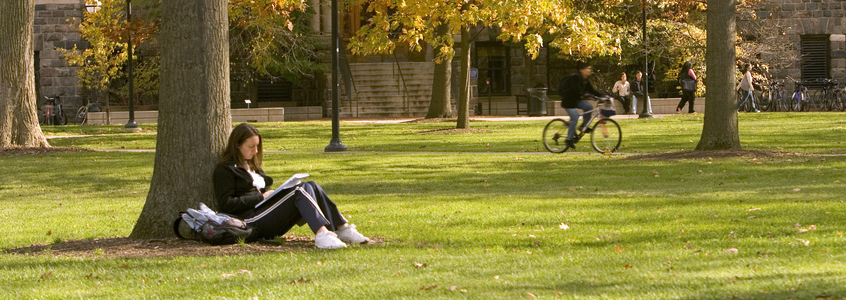
Some College, No Credential Report Finds College Stopouts Have Grown, but So Has Re-Enrollment
The National Student Clearinghouse Research Center’s Some College, No Credential (SCNC) Student Outcomes: Annual Progress Report reveals that the “some college, no credential” (SCNC) population — former students who stopped out without earning a credential — is up 2.9% from a year earlier. As a result, more than 36 million adults under 65 have some college experience but no earned credential.
The report also found that more than 943,000 SCNC adults re-enrolled in the 2022-23 academic year. While that’s an increase of 78,300, or 9.1%, over the previous year, it represents only 2.6% of the SCNC population.
“It is encouraging to see an increase in the number of students re-enrolling this year, largely reversing the decline that we observed in last year’s report,” said Doug Shapiro, Executive Director of the National Student Clearinghouse Research Center. “Higher education regularly generates more students leaving school without a credential than returning to finish one, however, which is both a persistent challenge and a continuing opportunity for the system to improve and grow.”
Other key findings:
- Pandemic-related enrollment declines at community colleges led to fewer Recent Stopouts between January 2021 and July 2022 compared to the same period a year prior.
- Declines in Recent Stopouts did little to impact the SCNC population, which increased in nearly all states.
- The SCNC population continues to be less White and more male than the overall undergraduate population.
- Recent Stopouts, however, continue to be younger and more female than the overall SCNC population.
- Men and Hispanic, Black, and Native American students are disproportionately represented among the overall SCNC population, while women and White and Asian re-enrollees are more likely to complete a credential in the first year or persevere into a second year of enrollment.
To learn more, read Some College, No Credential Student Outcomes.
This annual progress report was produced with support from Lumina Foundation.

“It is encouraging to see an increase in the number of students re-enrolling this year, largely reversing the decline that we observed in last year’s report. Higher education regularly generates more students leaving school without a credential than returning to finish one, however, which is both a persistent challenge and a continuing opportunity for the system to improve and grow.”
Doug Shapiro
Executive Director, National Student Clearinghouse Research Center
Additional Resources:



